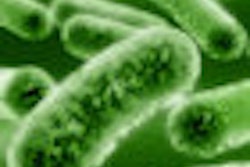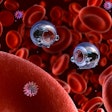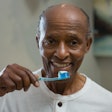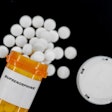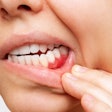Adenosine triphosphate (ATP)-driven bioluminescence -- a way of measuring visible light generated from ATP contained in bacteria -- can be used chairside to rapidly assess the number of oral bacteria and amount of plaque in patients, report researchers at the Oregon Health & Science University (OHSU) School of Dentistry (Pediatric Dentistry, May/June 2010, Vol. 32:3, pp. 195-204).
The goal of the OHSU study was to examine the use of microbiological testing, specifically ATP-driven bioluminescence, for quantifying oral bacteria, including plaque streptococci, and assessing oral hygiene and caries risk.
The researchers examined 33 randomly selected OHSU pediatric patients, ages 7 to 12, and collected plaque specimens and saliva from one tooth in each of the four quadrants of the patients' mouths. The oral specimens were then assessed to count total bacteria and streptococci and subjected to ATP-driven bioluminescence using a luciferase-based assay system.
The OHSU team found statistical correlations linking ATP to the numbers of total bacteria and oral streptococci. Their data indicated that ATP measurements have a strong statistical association with bacterial numbers in plaque and saliva specimens, including numbers for oral streptococci, and may be used as a potential assessment tool for oral hygiene and caries risk in children.
"The use of ATP-driven bioluminescence has broad implications in dentistry and medicine, and can be used translationally in the clinic to determine the efficacy of interventional therapies, including the use of mouth rinses and perhaps in the detection of bacterial infections in periodontal and other infectious diseases," said Curt Machida, Ph.D., principal investigator and OHSU professor of integrative biosciences and pediatric dentistry, in a press release.
Copyright © 2010 DrBicuspid.com




